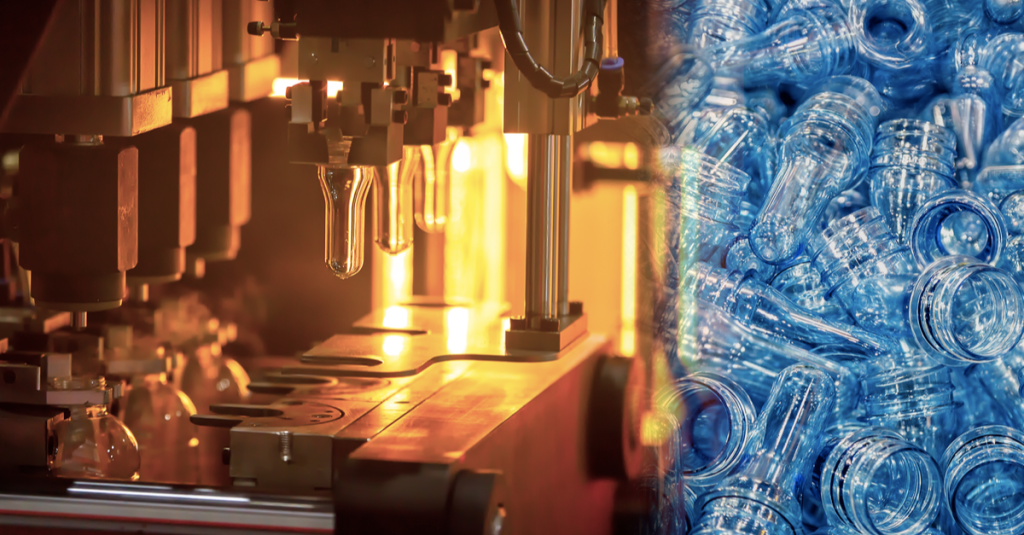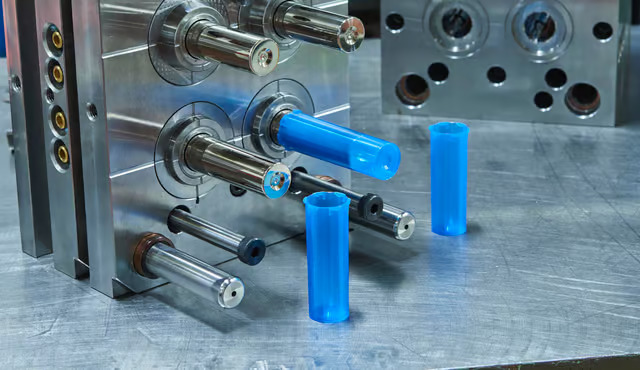
The production of automotive parts is a highly specialized and intricate process, involving a combination of advanced technologies and manufacturing methods to meet the stringent quality and performance requirements of the industry. Modern vehicles comprise thousands of components, each designed with precision to ensure safety, reliability, and efficiency. The production process often incorporates materials like metals, plastics, and composites to achieve the desired balance of strength, weight, and cost.
Metal Components Production
Metal parts, such as engine blocks, chassis, and suspension components, are typically manufactured using methods like casting, forging, and machining. Casting is often used for creating complex shapes, while forging is preferred for parts requiring high strength and durability. Advanced machining processes further enhance precision, ensuring components meet exact specifications. Materials like steel, aluminum, and alloys are widely used due to their excellent mechanical properties.
Plastic and Composite Parts Production
Plastics and composites play a critical role in reducing vehicle weight, improving fuel efficiency, and offering design flexibility. Injection molding is a common method for producing plastic components, such as interior trims, bumpers, and dashboards, due to its ability to create intricate shapes with high precision. Composites, like carbon fiber-reinforced polymers, are used in high-performance vehicles for their exceptional strength-to-weight ratio.
Automation and Robotics
Automation has revolutionized automotive parts production, enhancing efficiency and precision. Robotic arms are widely used for welding, assembly, and material handling, ensuring consistent quality and reducing human error. Computer-aided design (CAD) and computer-aided manufacturing (CAM) systems enable manufacturers to create and test parts virtually before physical production, accelerating development cycles and minimizing waste.
Sustainability and Innovation
Sustainability is becoming a key focus in automotive parts production. Manufacturers are increasingly adopting eco-friendly practices, such as using recycled materials and energy-efficient processes. Lightweighting, achieved through the use of advanced materials and innovative designs, is another significant trend aimed at reducing vehicle emissions. Furthermore, the rise of electric vehicles has driven the demand for specialized components like battery enclosures and lightweight structural parts.


Hello to all, the contents existing at this web site are truly awesome for people experience, well, keep up the nice work fellows.